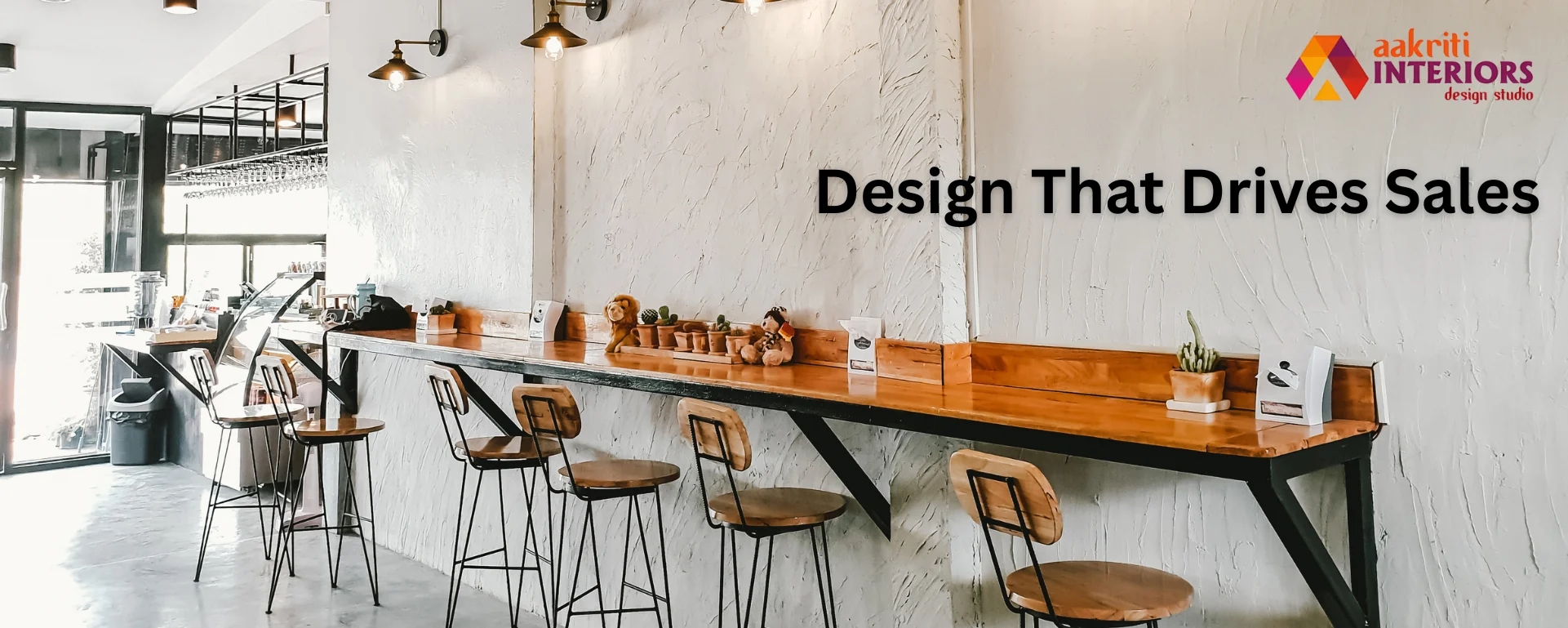September 19, 2025

Thoughtful shop design is silent salesmanship. A well-planned exterior invites foot traffic while a carefully crafted interior keeps customers engaged — and converts interest into purchases. Below are research-backed approaches, practical examples, a comparison table, and clear pointers you can implement immediately.
Customers make quick judgments the moment they see a storefront. Color, shape, signage and the rhythm of the façade communicate a brand’s promise in seconds. Inside, layout and product placement shape the customer journey: where they stop, what they notice, and how long they stay. By applying basic behavioral cues for example placing new or high-margin items at eye level, creating sightlines that pull customers deeper into the floor plan, and grouping complementary products — shops can increase average basket size and conversion rates. For retailers unsure where to start, consulting an Interior designer in ranchi with retail experience can provide simple, measurable fixes that quickly improve buying behaviour.
The exterior is your unspoken advertisement. Clean signage, window displays, and thoughtful lighting draw a passerby inside; a neglected façade repels. Window displays that tell a short, clear story — a product in use or a seasonal scene — are more effective than cluttered boards of posters. Placement of entry elements (welcome mat, planters, clear path) and small details (door hardware, awning color) frame expectations for the interior experience. This continuity is important: when exterior and interior mismatch customers feel confused and trust drops. If you want a consistent brand experience from curb to counter, seek guidance from an Interior designer in ranchi who can align exterior cues with interior strategy.
Color is a fast emotional shortcut: shoppers infer price, quality and mood from palettes. Warm colors (reds, oranges) can create urgency — useful for limited-time offers. Cool colors (blues, greens) communicate calm and reliability — helpful for premium or health-focused brands. Neutral, high-contrast accents are often used to highlight premium goods (e.g., black with gold). The key is consistency with brand messaging: a health-food store using neon party colors will confuse buyers. Small experiments — changing a single accent wall or the color of promotional tags — can reveal what resonates locally without a full redesign.
Layout dictates movement: it either encourages exploration or funnels customers through a functional route. The right layout balances circulation, sightlines, product exposure and comfort. Below is a compact comparison table presenting common retail layouts and their customer impact.
| Layout Style | Customer Impact | Best Use |
|---|---|---|
| Grid | Logical, predictable navigation | Supermarkets, pharmacies |
| Free-flow | Relaxed browsing, encourages discovery | Fashion boutiques, lifestyle stores |
| Loop (racetrack) | Guides customers past every section | Department stores, large-format retail |
Lighting controls how products read to the eye. Bright, even light gives clarity and trust in supermarkets; warm, focused lighting creates theatre in jewellery and apparel stores. Accent lighting draws attention to new collections and premium displays. Consider layered lighting: ambient (general), task (checkout, fitting rooms), and accent (feature displays). Even small upgrades — swapping to directional LED fixtures, adding dimmable controls, or introducing a few spotlights — can dramatically shift perceived value and increase interest in highlighted SKUs.
First impressions form quickly and stick. A clear entry, uncluttered sightlines, a standout focal display, pleasant sound levels and a subtle signature scent all contribute to perceived professionalism. Social proof plays a role too: visible testimonials, curated 'best-sellers', or a neatly presented test area encourage trust. Businesses that invest in these micro-experiences often see improved dwell time, more social shares, and stronger repeat visits.
Consistency signals competence. When exterior cues (signage, window style) match interior experience (materials, color palette, service level), customers feel confident about the brand promise. Inconsistent environments often cause friction — and friction erodes conversions. A coherent design strategy ensures the brand is readable and reliable at every touchpoint, increasing the likelihood of purchase and repeat business.
Shop design a strategic investment: exterior charm wins the footfall and interior intelligence converts it into sales. Colour, layout, lighting and consistent storytelling work together to shape perception and behaviour. Implement small tests, measure results (dwell time, conversion, average sale), and iterate. Thoughtful design translates to measurable business outcomes.
Start small: change a display, add two spotlights, or repaint a single accent wall. Measure footfall and sales before and after to quantify impact. For deeper transformations, consider a professional audit that includes heat-mapping customer movement and A/B testing displays.
Tip: small, measurable changes often deliver the best ROI — start with what you can test quickly.